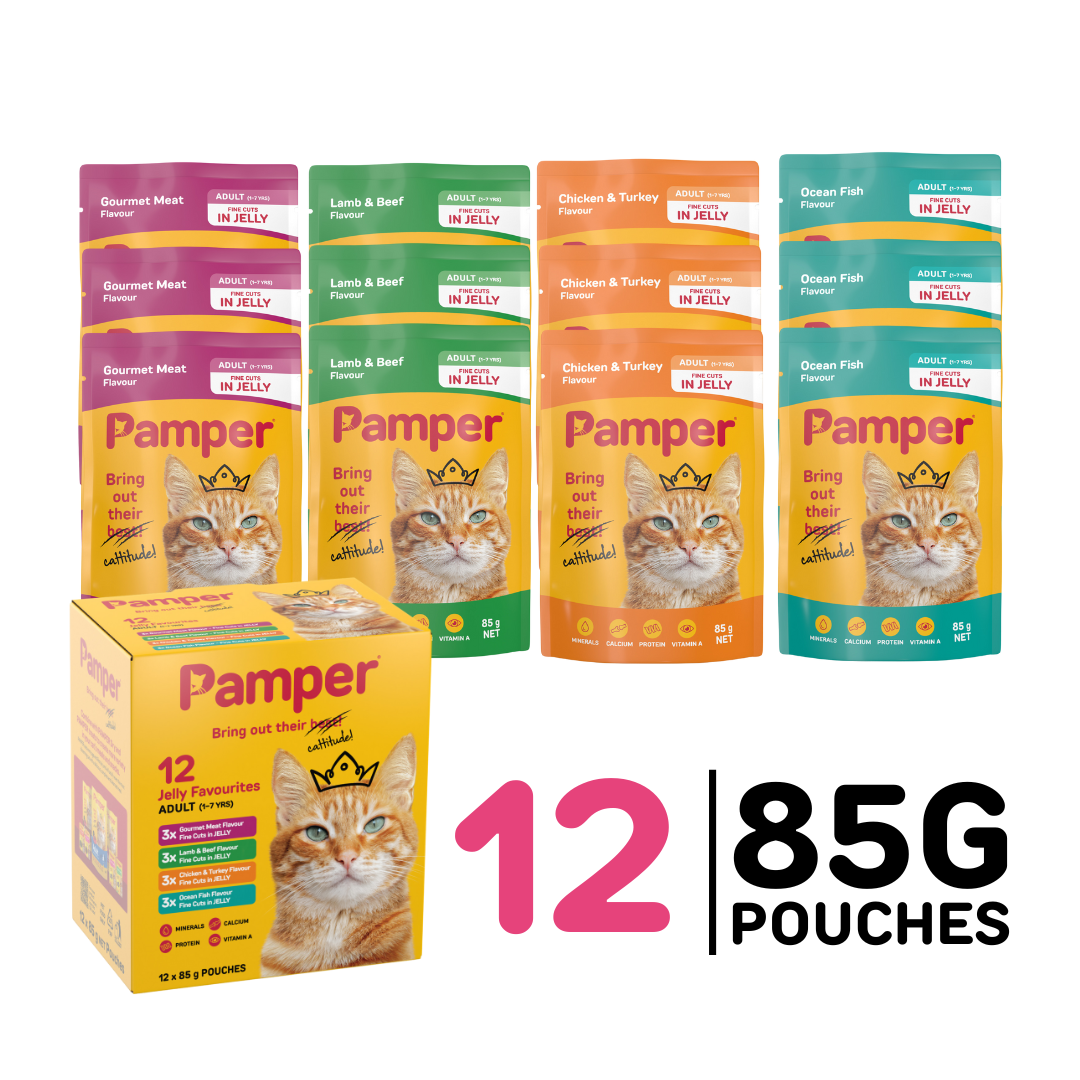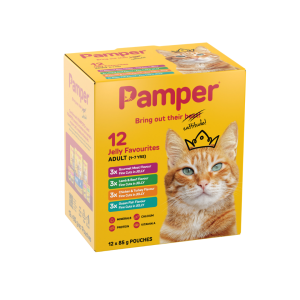
Cat parenting 101
Whether you’ve just taken home your first precious kitten, or you’ve always owned cats, it’s important to make sure you’re ticking off all their needs. As we all know, cats are complex animals and keeping them content isn’t always easy. Here’s a basic guide to the essentials when it comes to looking after their physical, mental and emotional well-being. Make playtime mandatory Make time each day to play with your cat. Stimulation is very important for cats, especially when they are young and developing. Cats are hard-wired to hunt, eat, clean and sleep. Playing helps to channel those hunting instincts and is an important part of your cat’s health and quality of life. Invest in some toys and play with them every day. Provide a scratch pad Cats need to sharpen their claws. So it’s up to you whether they do this on your furniture (or curtains), or on a designated scratch post or pad. Scratching is an important (and inevitable) exercise for cats and if they get into the habit of scratching their claws on the wrong surfaces, it will be a tricky one to break. If the scratching surface you provide is not being used, it might be uncomfortable or unsuitable for your cat, so try different options. Keep things clean Look after their litter boxes. Make sure they’re kept in a clean, private area and that the box is emptied once a day. As a general rule, you should always have one more litter box than you have cats to ensure they can always find a clean, quiet place to do their business. Also – remember cats are extremely proud animals. They don’t like to be watched while in a compromising position in the litter box, so make sure you give them enough privacy. Handle with care Picking up an adult cat by the scruff of the neck is a big no-no. When cats are very young, their mothers often pick them up and carry them this way, but as cats get older and heavier, this can be damaging. Picking your cat up by the scruff should only be done in emergency situations, for very short periods – and always support their rump. Rather pick up your cat with both hands – one hand holding the cat under the chest, just behind their front legs. Use your other hand to support the back legs and bottom. But remember, sometimes cats just don’t want to be picked up, so always read their mood and don’t force anything. Don’t string them along We’ve all seen depictions of cats playing with and chewing on string or yarn. This can actually be a choking hazard and is very dangerous. If swallowed, it can make your cat quite sick – causing blockages in the stomach and serious digestive problems. So keep your sewing and knitting safely packed away, out of reach, and invest in safe toys. Risky business While cats are incredibly agile and adventurous, they shouldn’t be encouraged to test the limits. If you live in an apartment at or above second floor level, keep windows closed or fit a screen or gate over them. Photo by Koen Eijkelenboom on Unsplash










